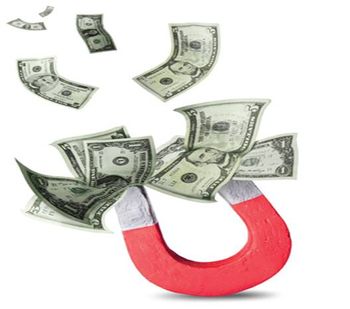
Exponential healthcare data growth increases the chances of earlier rare disease diagnosis and treatment.

Exponential healthcare data growth increases the chances of earlier rare disease diagnosis and treatment.

Independent physicians benefit from a lack of red tape, a significant advantage over hospital-owned practices.

Tips for creating efficiencies in your systems.

Technology, legislation, and more.

Practices need to overcome reservations and actively seek out high-tech solutions.

Four reasons why data is important whether you’re a practice owner or employed physician - and four ways to incorporate data into the selection of drugs and devices for patients.

A recent study from MGMA reveals the top technologies that increase practice efficiencies.

Payers don’t dole out equal pay for equal work, so it benefits your physician practice to understand who pays what (so you can negotiate more).

Patients have a growing number of options for care, so providing a personalized end-to-end experience is no longer optional.

Wearable devices that gather health and movement data are being put to new uses in the clinical setting for glucose monitoring, pain management and distraction, rehabilitation, and treatment adherence.

Community health information sharing platforms are cropping up to give healthcare providers a more holistic view of their patients’ needs and challenges as well as capture interactions with other social service agencies. That, in turn, is helping to improve patients’ care and their quality of life.

An independent specialty group has improved patient relations and grown the practice by investing in advanced practice management and patient engagement tools.

Stanford Health Care learned how to create standardized work to improve patient access and quality outcomes in five areas. These lessons learned can be applied to improve patient outcomes, quality, and service regardless of medical practice size-or budget.

Four ways advances in EHR technology can help providers achieve mandated MIPS target performance to not only report but also improve patient care.

How to make sense of the dollars and cents at a physician practice.

Collecting patient payments can be a challenge for medical practices that aren’t operating at maximum efficiency. Review some key performance indicators to identify and improve processes.

Physician practices are the keystone to the healthcare industry’s shift to value-based care. Technology tools such data analytics and automated communication can help practices provide preventive care and assist with population health management duties.

Rather than relying on the confusing reports provided by practice management systems and EHRs, use pivot tables to analyze data with ease and produce meaningful reports.

Money can leak out of practices in surprising ways. Analyzing your data can show where you’re losing income.